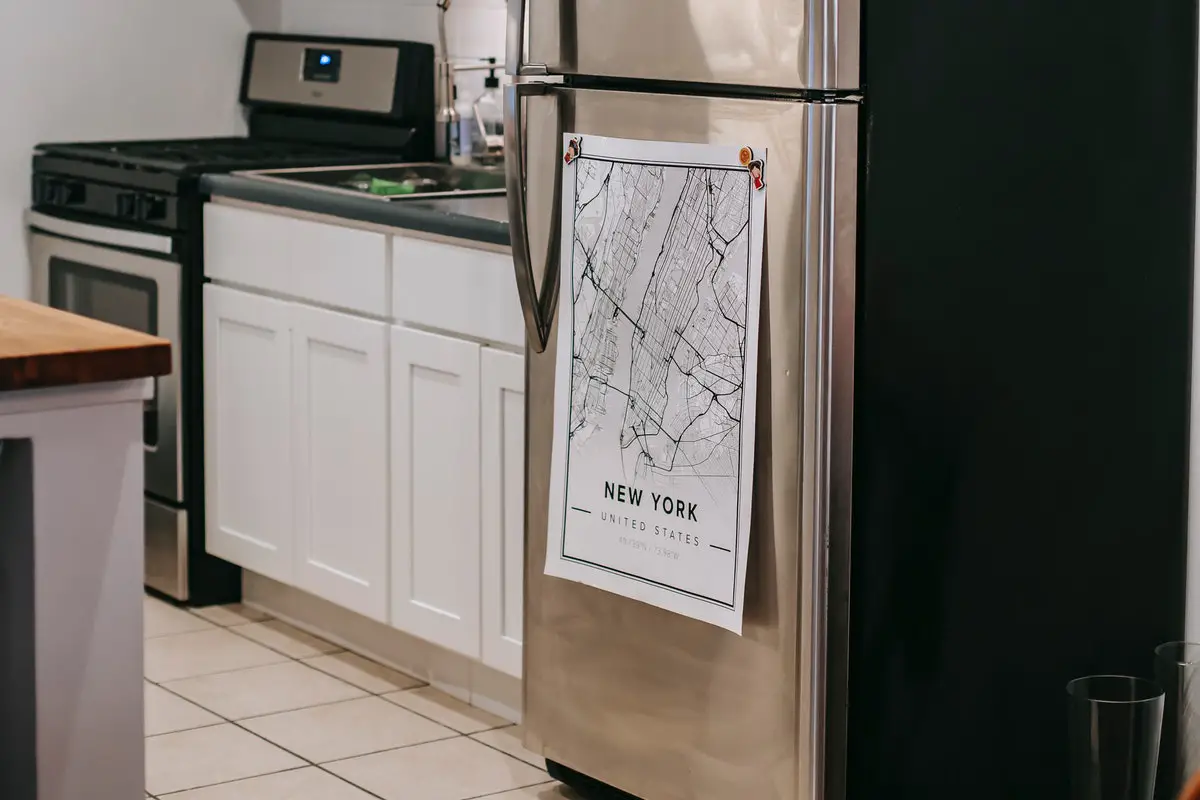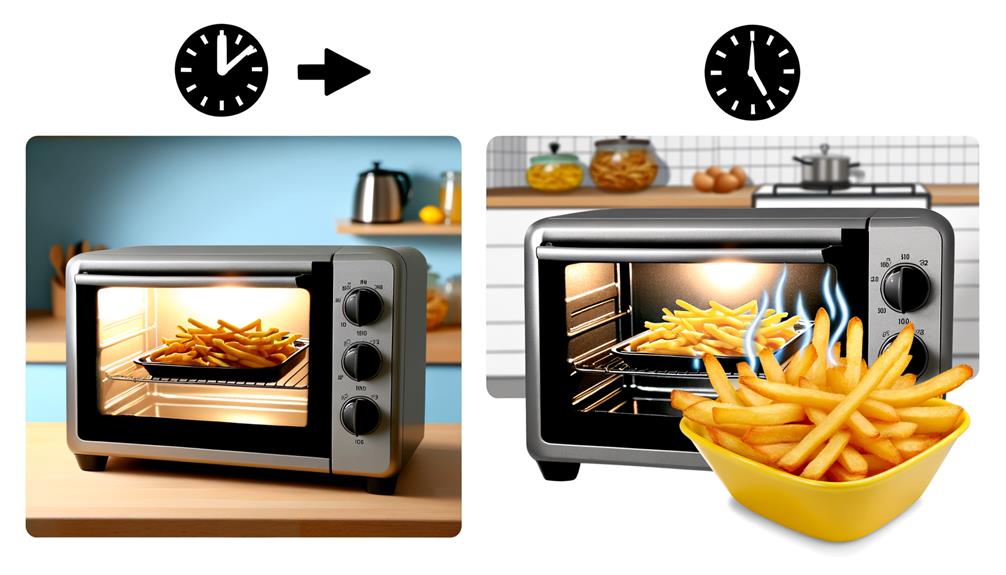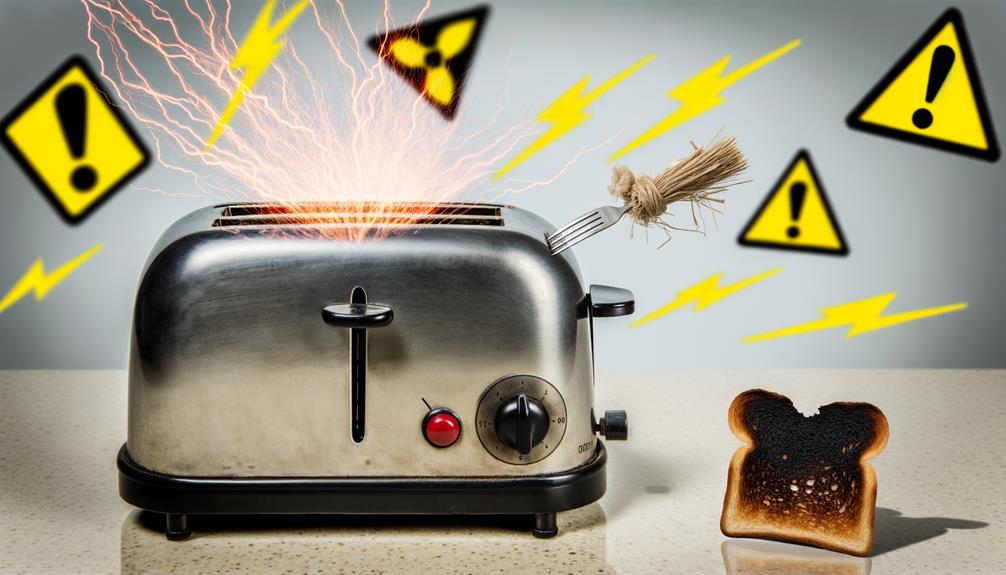The idea of having a fridge-freezer in your home is a strangely comforting one. Our homes are our castles, after all, and we want every appliance inside it to radiate who we are as people. In this case, a combination fridge and freezer make us think we have made it to the point where our home is ours.
Table of Contents
ToggleYet, for all its good features and the different things we love about it, once a fridge-freezer begins to have difficulties, it is a cause for serious alarm. After all, we assume they will last at least ten years and there is always the vain hope that they will last forever.
What’s even worse is when just the fridge heats up, but your freezer is intact, as it seems pointless to try and get rid of the whole thing while half of it still works perfectly. So, what can be done? Can you save the entire fridge-freezer? Will you chuck out the entire thing? Or will you settle for a life of semi-opulence with only one part of your cooler working?
Well, don’t stress, as there are ways to try and repair your fridge and make it cold again. In this article, we will explore those methods and see why your freezer is cold, but your fridge isn’t.

The Evaporator Coils Are Covered In Frost
The problem may not actually be coming from your fridge, but the freezer still works. In the fridge freezer, there will be things called evaporator coils. These coils absorb the heat from your fridge in the same way that an air conditioner will absorb heat from your home, thus keeping both areas cool.
Being attached to the freezer though may lead to issues as the temperature of a freezer is much lower and may affect the evaporator coils. Since the evaporator coils are often located in the freezer section and move cool air up to the fridge, if they get covered in frost from the freezer the airflow may be restricted or cut off altogether.
No cold airflow means no cooling of the fridge compartment. To have a look at your evaporator coils to check that they are working as they should, look through the access panel inside the fridge compartment or under one of the doors. Finding ice crystals or white residue is a sure sign that this is the problem.
If some parts of the coil have ice crystals, but others don’t, then the parts with crystals airflow are being restricted thanks to the ice. White residue around the plug means that a mold has formed within the plug thanks to the condensation in the airflow pipe. Removing the crystals and gently blowing hot air over them should sort the issue.
However, if ice reoccurs, then there is a problem with your defrost heater or timer.
Malfunctioning Defrost Timer
The whole defrosting heater system is probably the most essential part of the whole fridge-freezer. Without it, you would not be able to cool any food or objects, as the entire unit would accumulate frost and ice up overnight.
If the system is faulty, ice will build behind the air areas where airflow is present, in most cases this is the back panel of the unit which then stops the airflow. In order to fix this, you must first clear away the ice that is causing the problem. Then, find where the defrost cycle timer is and bring out the unit’s manual or consult the website for details on the unit.
Check your defrost cycle timer and make sure it is at the cycle time that is necessary for your particular fridge freezer. Normally, it will be between 30 minutes to 2 hours, depending on the model. Hopefully, this should fix the problem for you.
Thermostat Woes
With any cooling unit designed for household and business use, there is a thermostat. This thermostat dictates the temperature of the fridge and aims to keep it at the same temperature. It will monitor the inside temperature and send this information to the control panel. If the temperature goes outside the range the thermostat is set to, the compressor activates and adjusts it accordingly.
If your thermostat is broken, the signals it will send to the control panel will be wrong or non-existent. In the case of the first, this will mean that the compressor is constantly activating, making the temperature inconsistent. In the case of the second, the compressor does nothing and the fridge goes up to room temperature.
If you are willing and able, get yourself a multimeter and test the thermostat. A multimeter will measure the electrical properties of the thermostat and tell you if it is doing things as it should. The other option is to get someone in to replace the thermostat for another, better one.
Bad Evaporator Fan
An evaporator fan is a thing that draws in cold air over the evaporator coils, making sure they maintain a certain temperature that is consistent. If the evaporator fan is defective or its motor isn’t working, then that temperature becomes rapidly inconsistent.
To test this, first, listen to the noise of the motor. If the motor is too noisy or uncommonly loud, then there is probably a problem with it. If it’s working fine, then move on to step two. Turn off the unit and find the fan itself.
Once there and after making absolutely sure the fridge-freezer is completely disconnected from any power source, turn the fan by hand. The fan should move easily with no resistance. If there is resistance, then your fan is faulty and should be replaced.
If none of these checks is showing anything wrong with your fan, bust out the multimeter once more. Place the tool on the coils and the motor to check that nothing suspicious is happening there, as there may be a faulty wire that works inconsistently.
Conclusion
There are many reasons why the fridge portion of your fridge-freezer is acting up, often they relate to faulty parts or the difference in temperature between the two compartments. However, you shouldn’t take this as a sign to throw out the unit and replace it completely. You could save time and energy by just having a quick look inside and seeing if there are any obvious problems.
Your wallet will thank you and you will realize just how quick and easy it is to fix a problem in the fridge-freezer with nothing more than your bare hands, a multimeter, and some quick problem-solving skills.









